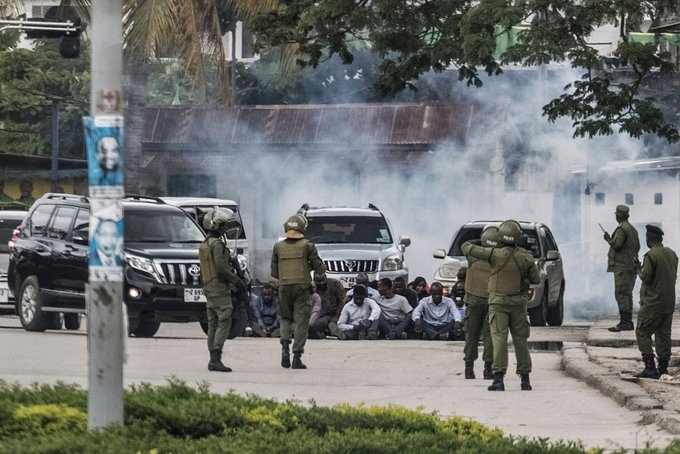The recent murder of Starlet Wahu and JKUAT student Rita Waeni has painted a grim picture of the extent of femicide in Kenya.
Data from Africa Data Hub shows that femicide is not just a 2024 problem, but there have been more than 500 cases reported since 2016.
The report, compiled by Africa Uncensored, shows that in 2016, there were 20 reported cases of femicide.
In 2017, the number rose to 57 with 2018 recording the highest number of femicide cases reported at 95.
The data shows a worrying trend that the organisation says points to a deeper and more systemic issue.
Out of the reported cases, only 15 per cent were perpetrated by strangers to the victims.
In the majority of cases, the murderer was a friend, relative, or intimate partner of the murdered woman.
The bulk of killings were committed by intimate partners and family members, with spouses and boyfriends being the most common offenders.
The perpetrators justify their actions by saying that they were angered by the victims.
Civil rights activists and leaders have called for speedy investigations into femicide cases while condemning victim blaming.
"A violation is a violation," FIDA Kenya vice chairperson Christine Kungu said during a press briefing.
Africa Data Hub reports that most of the reported femicide cases were preceded by what they call a pattern of abuse where the victims were subjected to domestic violence from their partners before they were brutally murdered.
The data shows that 80 per cent of the femicides took place in the victims' homes.
The report shows that over the past eight years, Nairobi County reported most femicide-related deaths.
In more than half of the reported cases, the women were reported to have been stabbed or hacked to death by the perpetrators.
The perpetrators used extremely violent means to kill the women including beheading and burning.
Younger women, between the ages of 18 and 35, were determined to be more likely to be victims of femicide.
"While women, in general, face a higher risk of experiencing intimate partner violence (IPV) and femicide, the trends in the data show that women aged 18 to 40 form the largest demographic of victims of femicide in Kenya," the report read.
Africa Data Hub further found that there is a delay in getting justice for the victims' families after the cases have been taken to court.
"It takes an average of 1900 days for a case to be concluded and the suspect sentenced," they said.
They cited a lack of witness availability, absence of expert witnesses (doctors and investigators), missing police files and witness compromise as factors that contribute to the prolonging of the cases.
To address the underlying causes, safeguard potential victims and guarantee that justice is administered in a timely and effective manner, law enforcement, legislators, and the community must act immediately and completely.
The startling statistics ought to act as a wake-up call for the Kenyan society to work together to make the country's environment safer for women.












